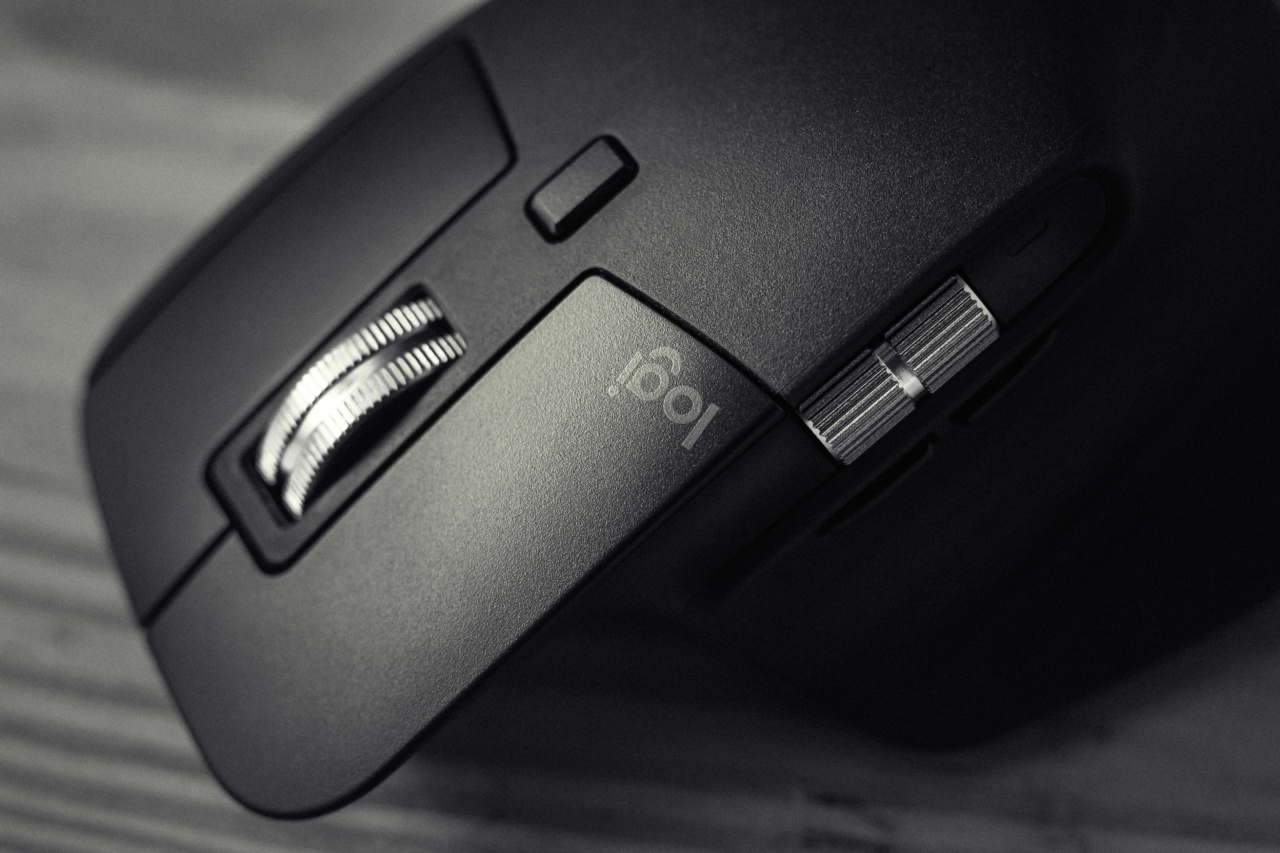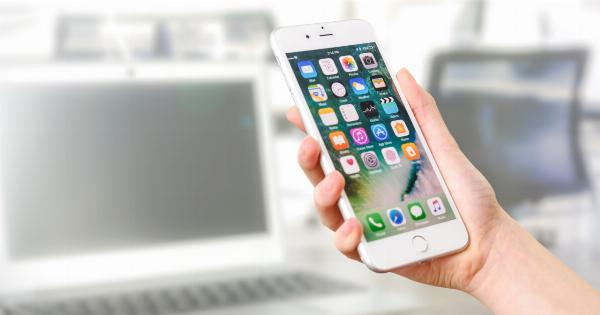Stroke survivors face many challenges in their day-to-day lives, including difficulties communicating effectively with others.
However, researchers from the Massachusetts Institute of Technology (MIT) have developed a new innovative telecommunications system that offers hope for stroke survivors. The new system uses cutting-edge technology to improve the communication abilities of stroke survivors, giving them a better chance of living a more fulfilling life.
What is Stroke?
Stroke is a medical condition that occurs when blood flow to the brain is interrupted, either due to a blocked blood vessel or a ruptured blood vessel.
This interruption in blood flow can cause brain cells to die, leading to a range of different symptoms. Some of the most common symptoms of stroke include difficulty speaking, weakness or numbness on one side of the body, and problems with balance and coordination.
The Communication Challenges Faced by Stroke Survivors
One of the most significant challenges faced by stroke survivors is difficulty communicating with others.
Stroke affecting the left side of the brain can cause aphasia, a language disorder that can make it difficult for individuals to express themselves, understand others, read, or write. Aphasia can vary in severity, and some people may experience only mild difficulties, while others may struggle to communicate at all.
The New Telecommunications System from MIT
The new telecommunications system from MIT is designed to improve the communication abilities of stroke survivors who have aphasia.
The system uses a combination of computer software, wearable technology, and machine learning algorithms to analyze and interpret the speech of stroke survivors. The system can then generate a text-based transcript of what the person is saying, which can be displayed on a screen or read out through a text-to-speech system.
How the System Works
The telecommunications system from MIT consists of three main components:.
1. Wearable Technology
The wearable technology is a series of sensors that are placed around a person’s neck and on their chest. These sensors can detect the sound of a person’s voice, as well as the movement of their vocal cords and the muscles in their neck.
2. Computer Software
The computer software is responsible for analyzing the data collected by the wearable technology. The software uses machine learning algorithms to interpret the person’s speech and generate a text-based transcript of what they are saying.
3. Text-to-Speech System
The text-to-speech system can read out the generated transcript, allowing the person’s message to be communicated to others effectively.
The Benefits of the New Telecommunications System
The new telecommunications system from MIT offers a range of benefits to stroke survivors and their families. Some of the key benefits include:.
1. Improved Communication
The system can help stroke survivors with aphasia to communicate more effectively with others, reducing frustration and improving their quality of life.
2. Increased Independence
Improved communication can also help stroke survivors to live more independently, as they are better able to express their needs and desires to others.
3. Lower Costs
The system has the potential to lower healthcare costs associated with stroke, as it can improve recovery rates and reduce the need for ongoing therapy.
The Future of the Telecommunications System from MIT
The telecommunications system from MIT is still in the early stages of development, but it has already shown great promise in improving the communication abilities of stroke survivors.
Researchers hope to continue refining the system in the coming years, making it more accurate and reliable.
Eventually, the system could be used as a standard tool in the care of stroke survivors, helping them to achieve greater independence and a better quality of life.
Conclusion
Stroke survivors with aphasia face many challenges when communicating with others. However, the new telecommunications system from MIT offers hope for these individuals, providing them with an innovative new way to communicate effectively with others.
The system uses cutting-edge technology to analyze and interpret speech, helping to reduce frustration and improve quality of life. As the system continues to be refined and developed, it has the potential to become an essential tool in the care of stroke survivors.






























